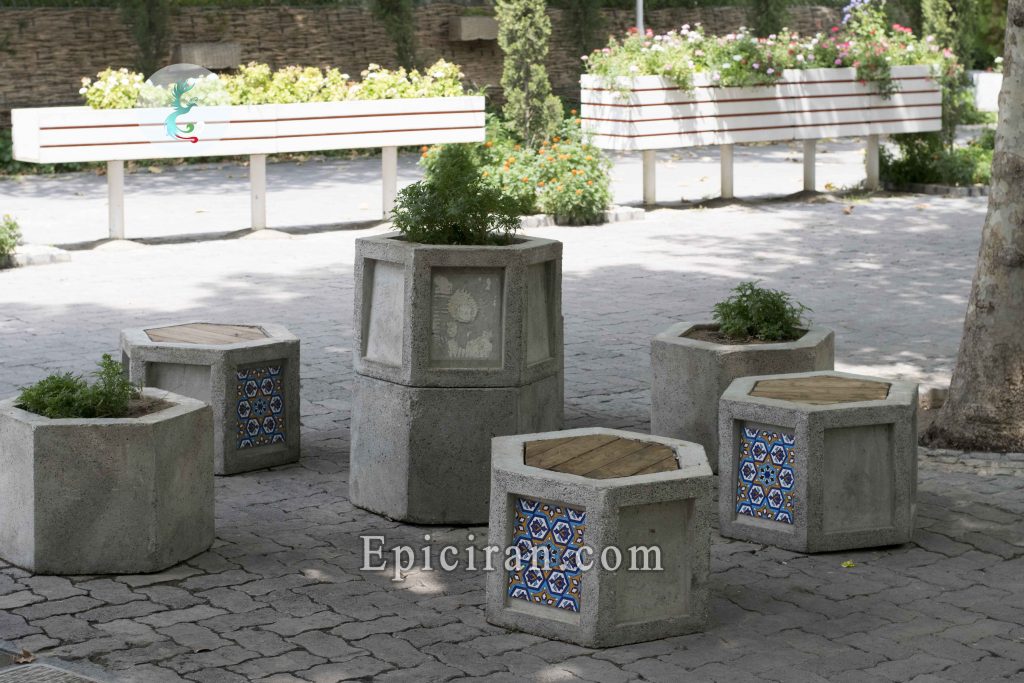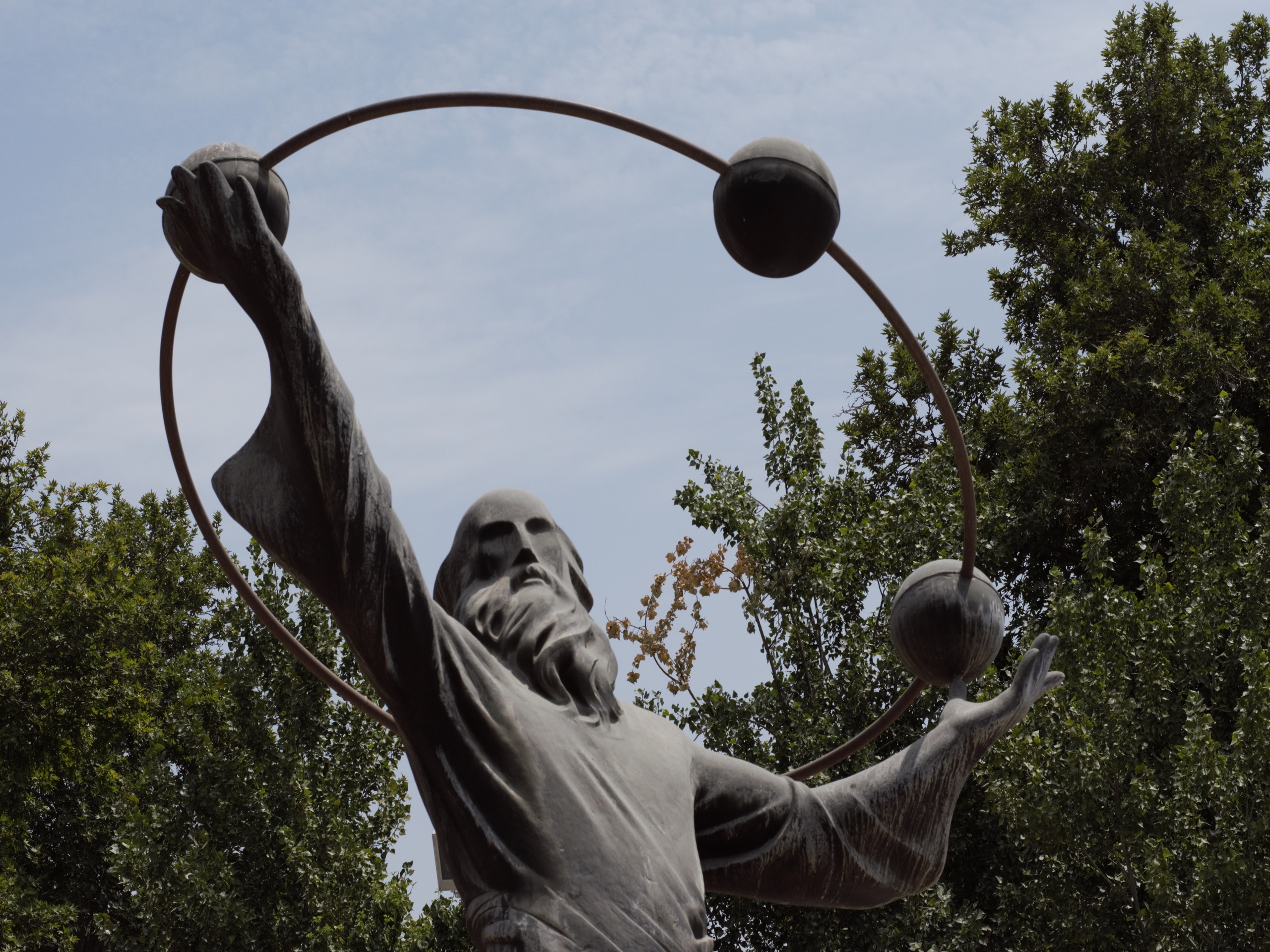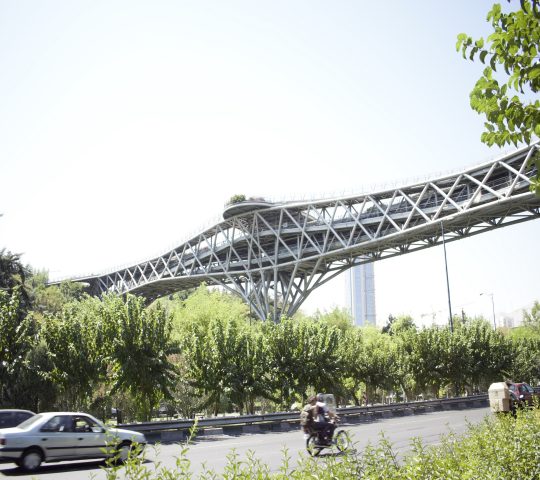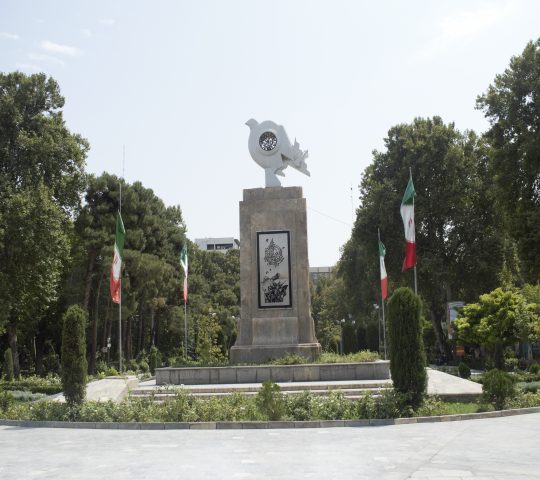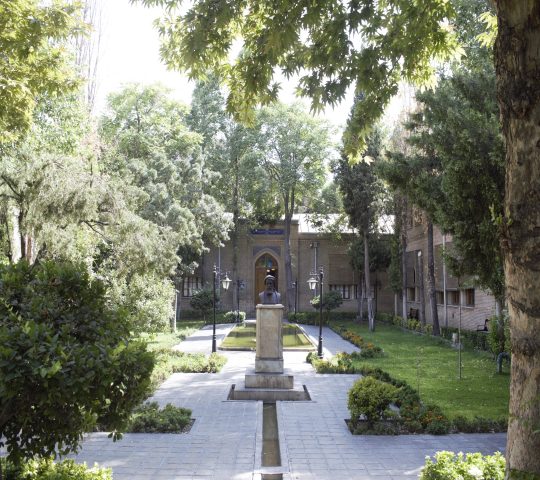Laleh Park was not the usual name of this park, this area belonged to the army in the beginning and it was considered a horse field which was called Jalalieh Garden. Jalalieh Garden was a place for military parades and maneuvers, which was later taken over by the Ministry of Finance. Later, in 1975, by the order of Farah Diba, a large park was built in this area, which was named Farah Park.
The park consisted of two parts, the north and the south, which had built cultural and public buildings in the north, and the south was dedicated to green space. The design of Farah Park was the responsibility of a French artist named Jufe, which was completed with the collaboration of Iranian artists.
The name of Farah Park did not last long; Due to the fact that this park was a local gathering place for protesters against the Shah, it became known as Khosrow Golsorkhi Park (poet, journalist, writer, and intellectual of that time). Finally, after the Islamic Revolution in 1979, it was named Laleh Park.
Laleh Park in Tehran is one of the most popular and oldest parks in Tehran, which has an area of about 35 hectares. The park has access to Dr. Fatemi Street, Keshavarz Boulevard, North Kargar Street, and Hijab Street from four directions: north, south, east, and west, respectively. This access to its important streets is one of the main reasons for the popularity of Laleh Park.
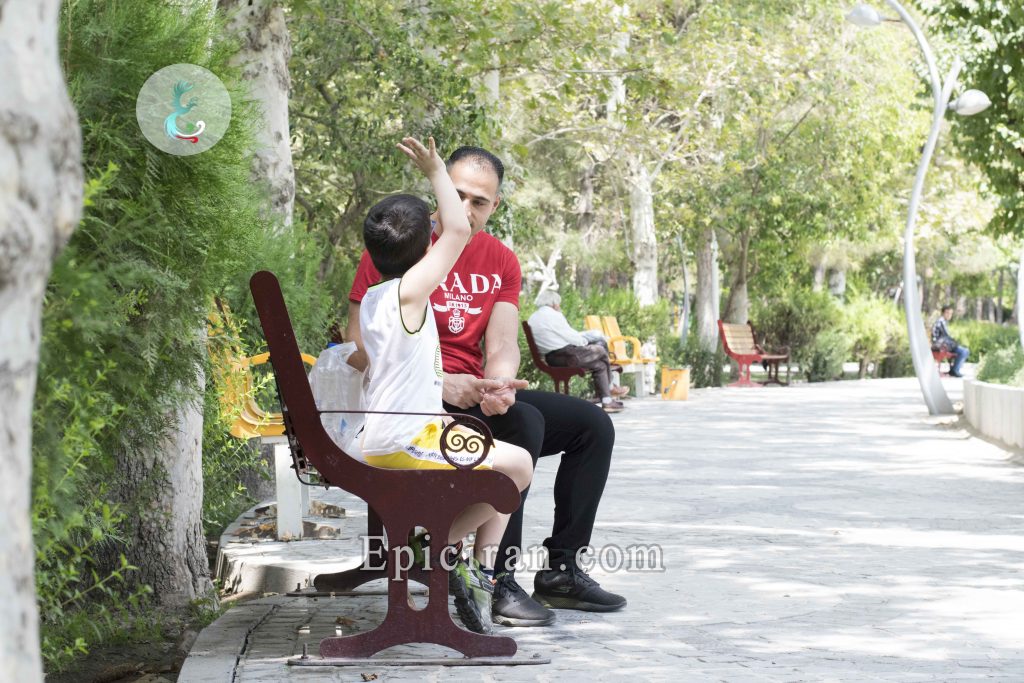
What do you know about the plant species in the park?
The large area and long life of Laleh Park have made us see a variety of amazing plant species in Laleh Park. Most of the time, we simply walk past the park trees without really paying attention to them, while these old trees have given the park an intimate and beautiful atmosphere.
In Laleh Park, you will find various plant species such as purple, sycamore tree, mad willow, silver cypress, acacia, spruce, elm, maple, etc., which have cooled the park’s climate and a calm and quiet atmosphere, away from the hustle and bustle of the center.
Different parts of Laleh Park
If you love energetic evenings, head straight to the large park pond. Spacious round pool with small and large fountains that provide the sound and music of water in the most pleasant way possible. Circular benches are arranged around the pond, thanks to which you can sit by the pond without the slightest distance.
Sundial
Laleh Park sundial is one of the sights of the park, which makes you look at it again with its strange shape from the very beginning. A large circle that if you open both your hands you may be able to take both sides. The sundial, as its name implies, represents the position of the sun in the sky.

Various fountains
One of the attractions of Laleh Park in Tehran is its various fountains. Water is a symbol of the light that is displayed in the park. In each section of the park, you can see different models of fountains, such as the stone fountain, the large central fountain, the stepped fountain, the Abu Rayhan fountain, the mosque fountain, etc.
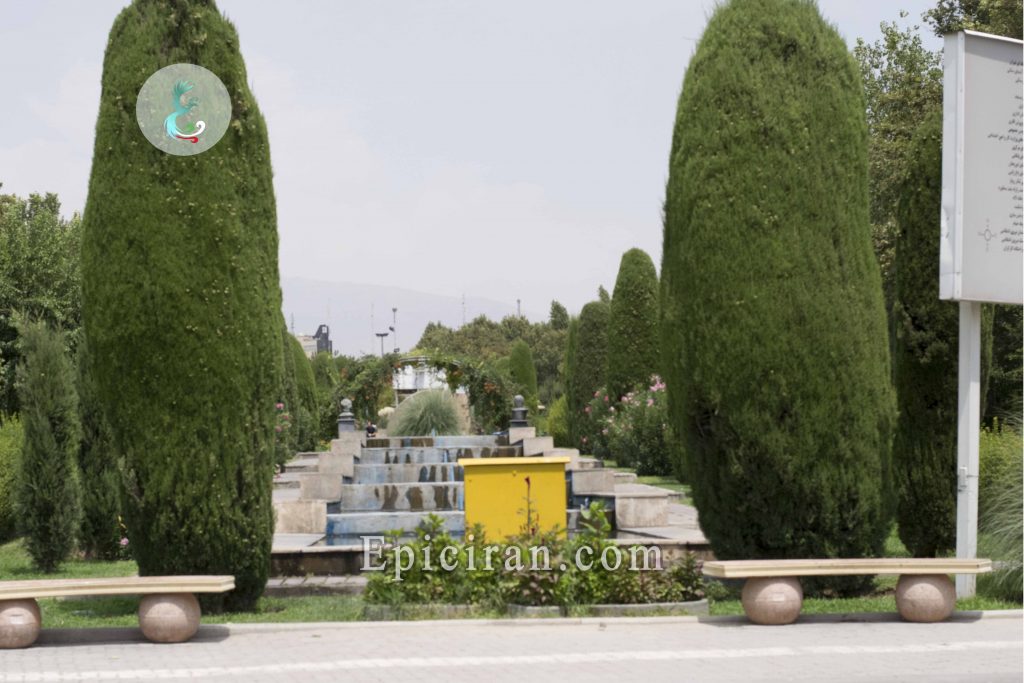
Japanese garden
Japanese garden? Is it right in the middle of Tehran? Honestly, the southeastern part of Laleh Park in Tehran is designed like Japanese gardens with spiral streams, special fountains, and different green spaces. In this part of the park, there are no signs of tall trees. Here you can see a mathematical order and lined spaces.
The statue of Omar Khayyam
The Iranian quatrain poet is one of the most famous statues in Laleh Park, which was built in 1972 by the order of the National Works Association by the sculptor, Abolhassan Sedighi in Italy. This is a large marble statue that shows a picture of Khayyam holding a book while holding a jar.
Statue of Abu Rayhan Muhammad ibn Ahmad al-Biruni
The statue of the famous mathematician and astronomer Abu Rayhan al-Biruni stands out among one of the great fountains of Laleh Park. This 4.5-meter work of art will catch your eye among the fountains of the arithmetic park. The statue of Abu Rayhan al-Biruni is the first large statue ordered by the municipality after the revolution. This statue was made of bronze by Mohammad Ali Madadi, which took about a year and a half to build. The statue of Abu Rayhan is an image of the outer Abu Rayhan standing upright, holding a collection similar to the solar system in the sky. The design of this statue emphasizes the importance of Abu Rayhan’s influence on astronomy, and it can be said that a precise and clear image of him has not been presented.
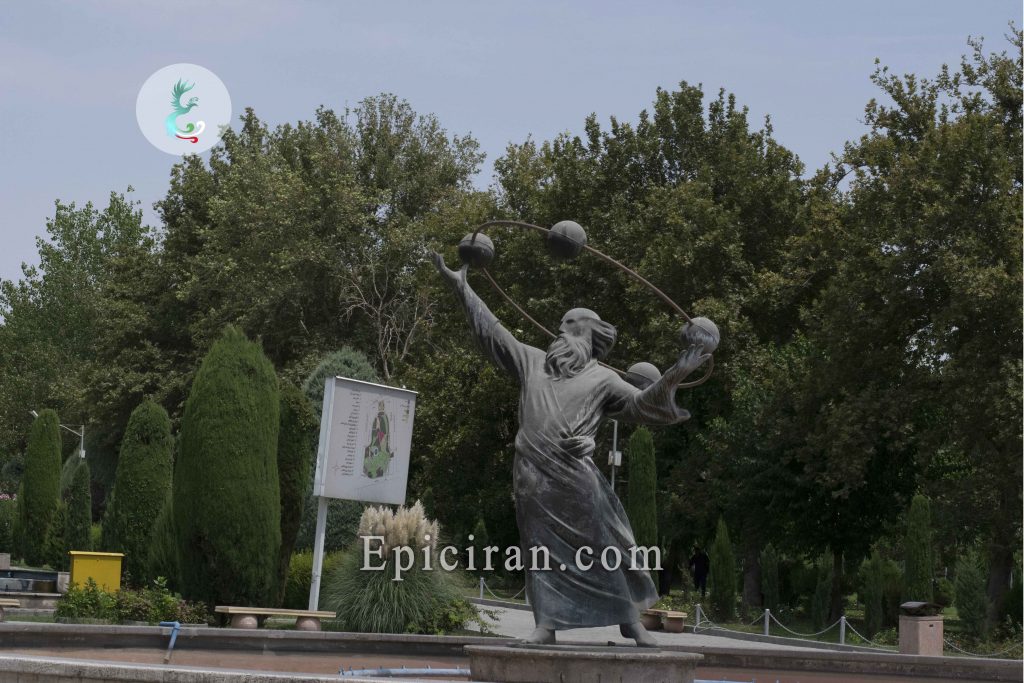
Laleh Park Gallery
Laleh Gallery is a large center that was established in 1993 with the aim of increasing the level of culture and art and introducing artists. This complex is located on the north side of Laleh Park and is one of the spectacular attractions of this park for artists. Laleh Gallery is a specialized center for exhibiting works of art and events in various fields, art research sessions, and art workshops with prominent professors and artists. For information about the exhibitions of Laleh Gallery, you can visit the official website of Laleh Gallery.
Outdoor amphitheater
Laleh Park’s outdoor meeting hall and amphitheater are another fun part of the park. This amphitheater is a place for performing plays and street theaters, which is located near the Museum of Contemporary Art in Tehran.
Laleh Park Bazaar
Laleh Park Bazaar is our own and intimate market with small and large booths where the culture and art of Iranian youth dominate. Laleh Park Bazaar, which is located on the west side of Laleh Park, was established in 1988; This bazaar is not too big to get bored, nor is it too small.
The various stalls of the bazaar are full of young people who have displayed their handicrafts; Pottery, paintings, stone, wooden and Laleh bazaars are not necessarily a place to shop, you can just visit it and be thrilled to see the bustle of the bazaar. In addition to handicraft stalls, part of the bazaar is dedicated to food buffets and cafes.
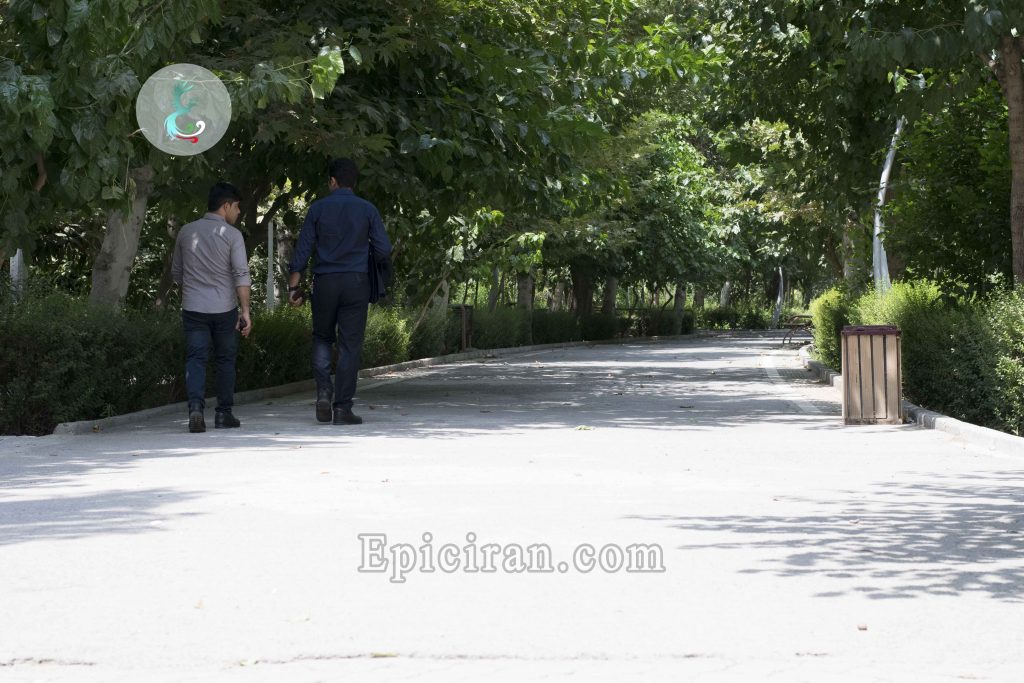
Sights around Laleh Park
Museum of Contemporary Art
The Museum of Contemporary Art is one of the sights of Tehran and one of the most famous museums in Iran, which was established in 1977 by Farah Pahlavi on the west side of Laleh Park. The special and modern architecture of this museum was created by the great artist of the country, Kamran Diba, who was inspired by desert windmills.
The Museum of Contemporary Art is a comprehensive collection of works of global and local modern art. This permanent museum contains more than 3,000 works of visual art, some of which are valuable works by artists such as Picasso, Pollack, Magritte, Gauguin, and others. The proximity of the Tehran Museum of Contemporary Art to Laleh Park is a good opportunity to see the unique arts in this collection.
Iranian Carpet Museum
The building of the Iranian Carpet Museum with a carpet-like appearance is the first thing that attracts you to the northwest side of Laleh Park. This museum was built at the order of Farah Pahlavi and was completed and inaugurated in 1977 with two main halls. The Museum of Iranian Carpets has exhibited a unique collection of exquisite Iranian carpets. These carpets are masterpieces of artists from Tabriz, Isfahan, Kerman, Kashan, Khorasan, etc. If you visit Laleh Park, you must go to see them.
